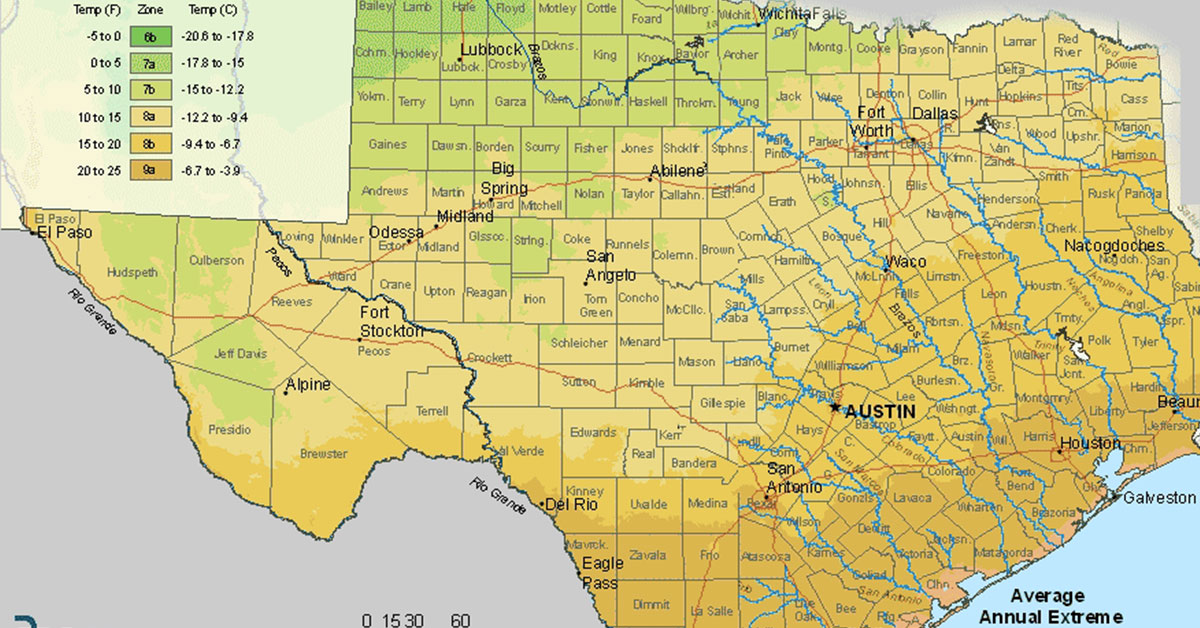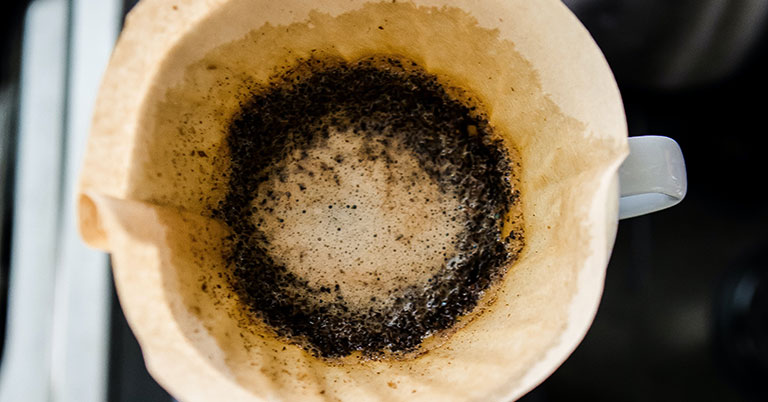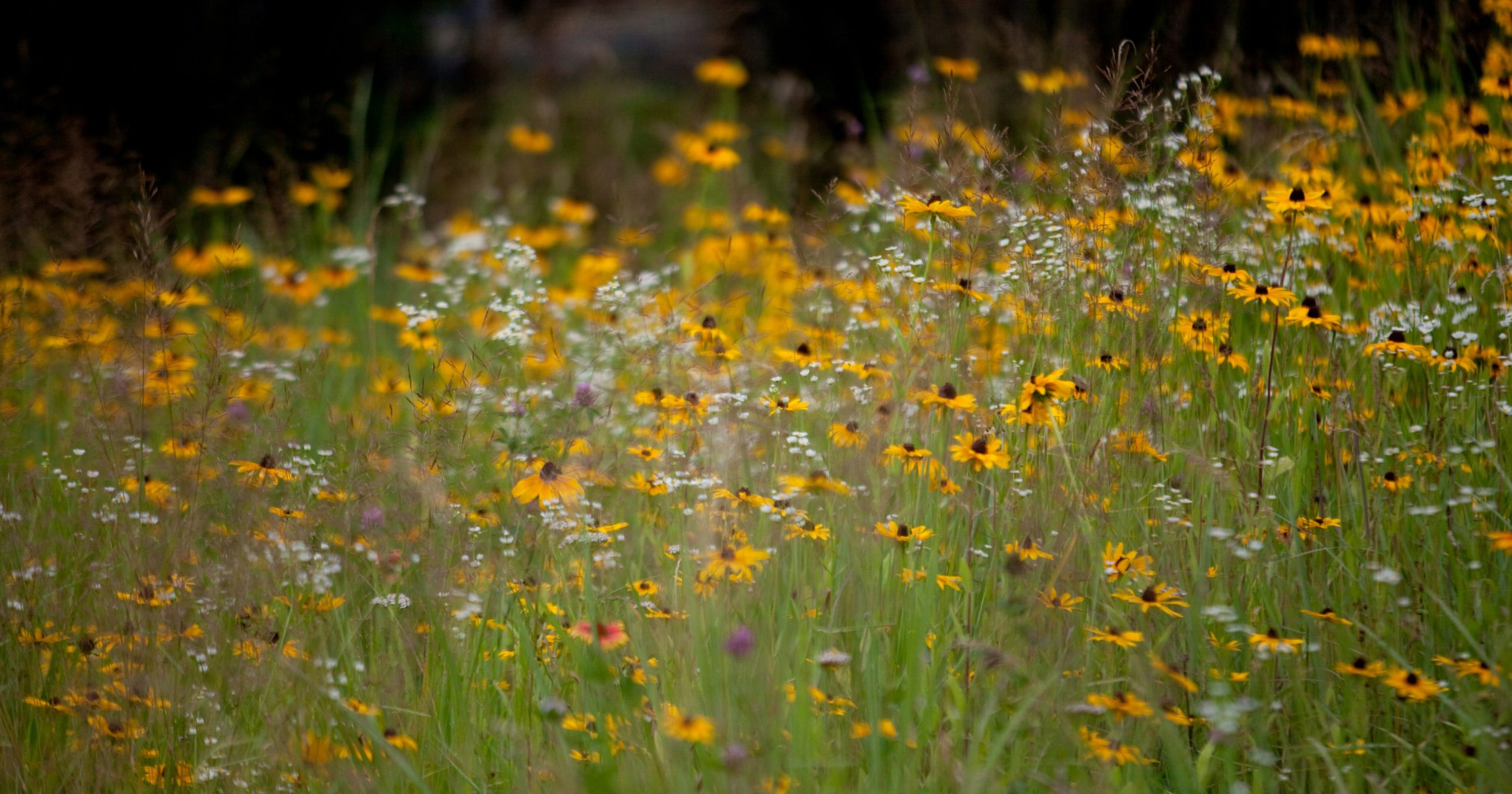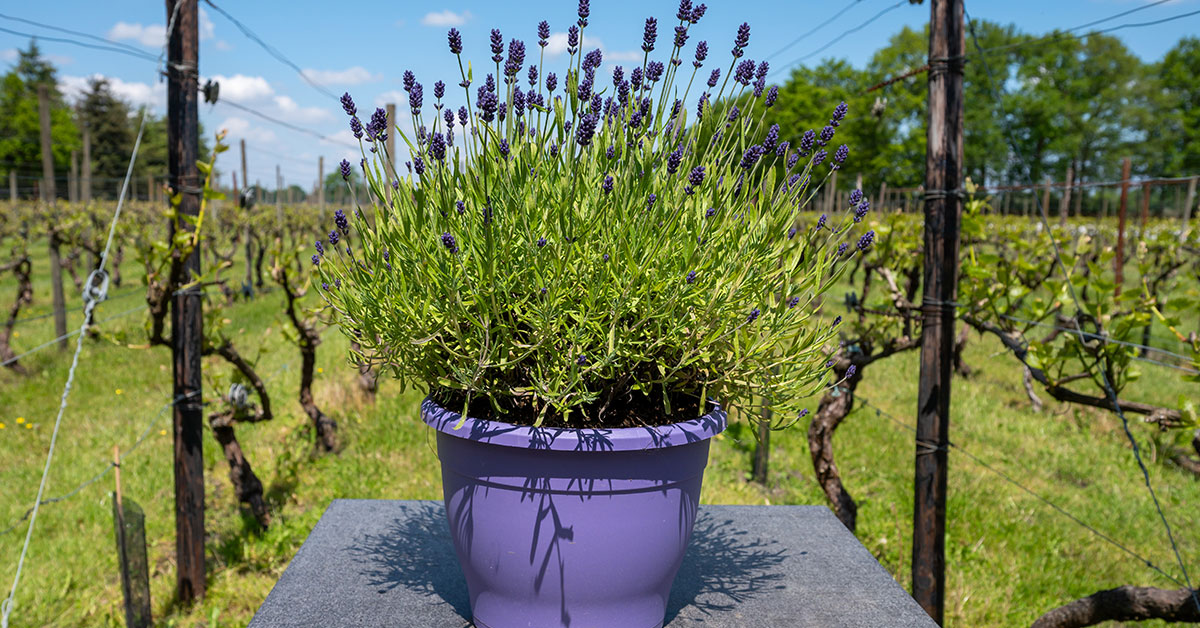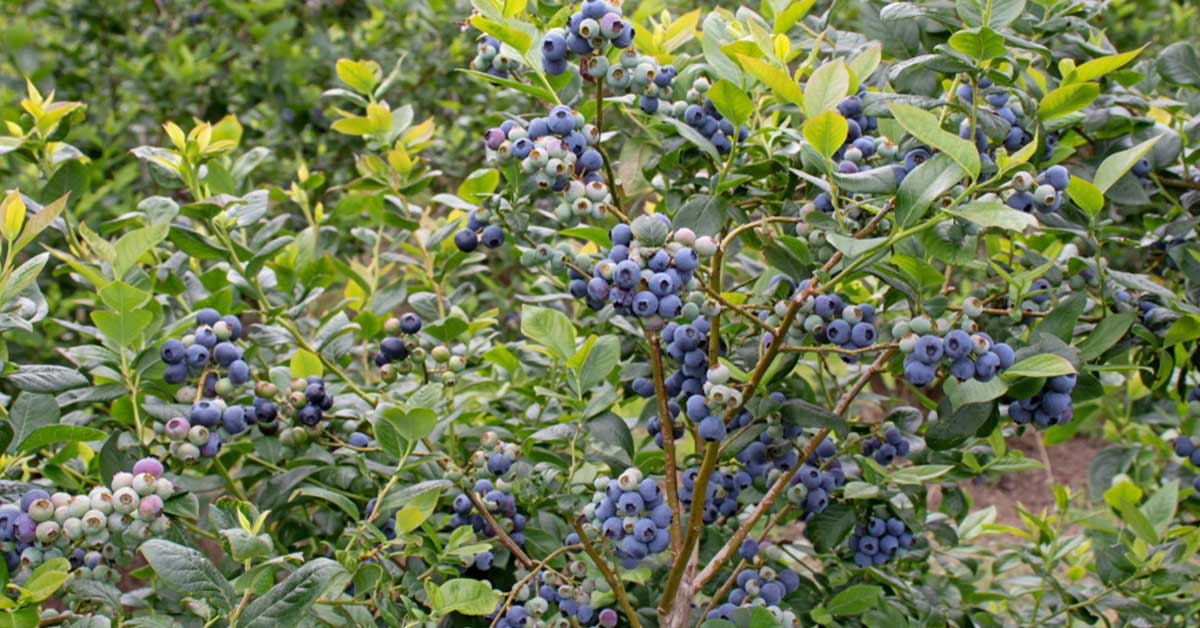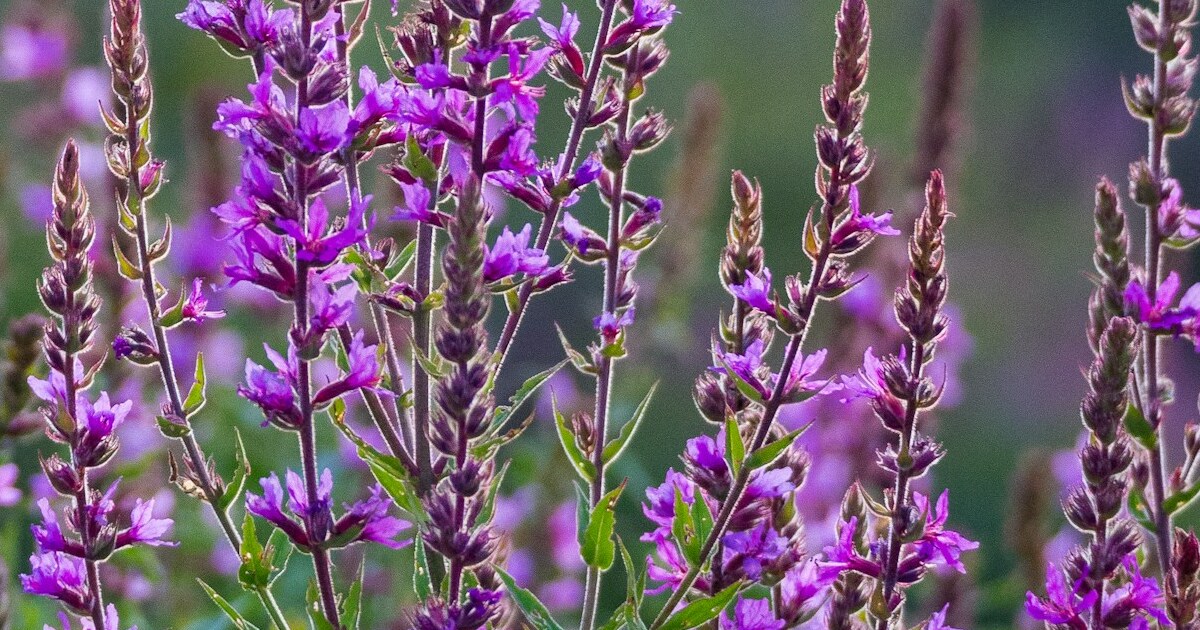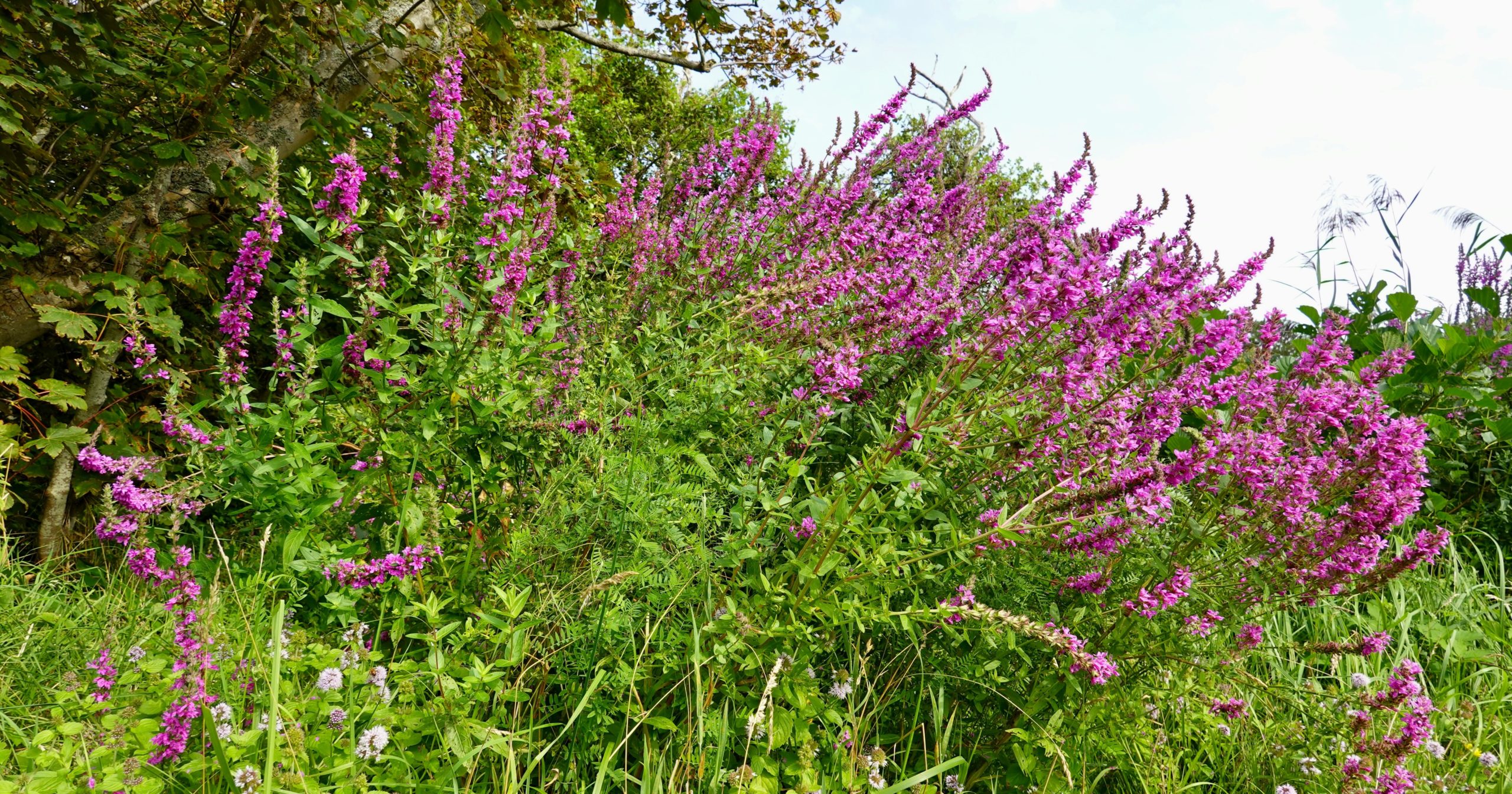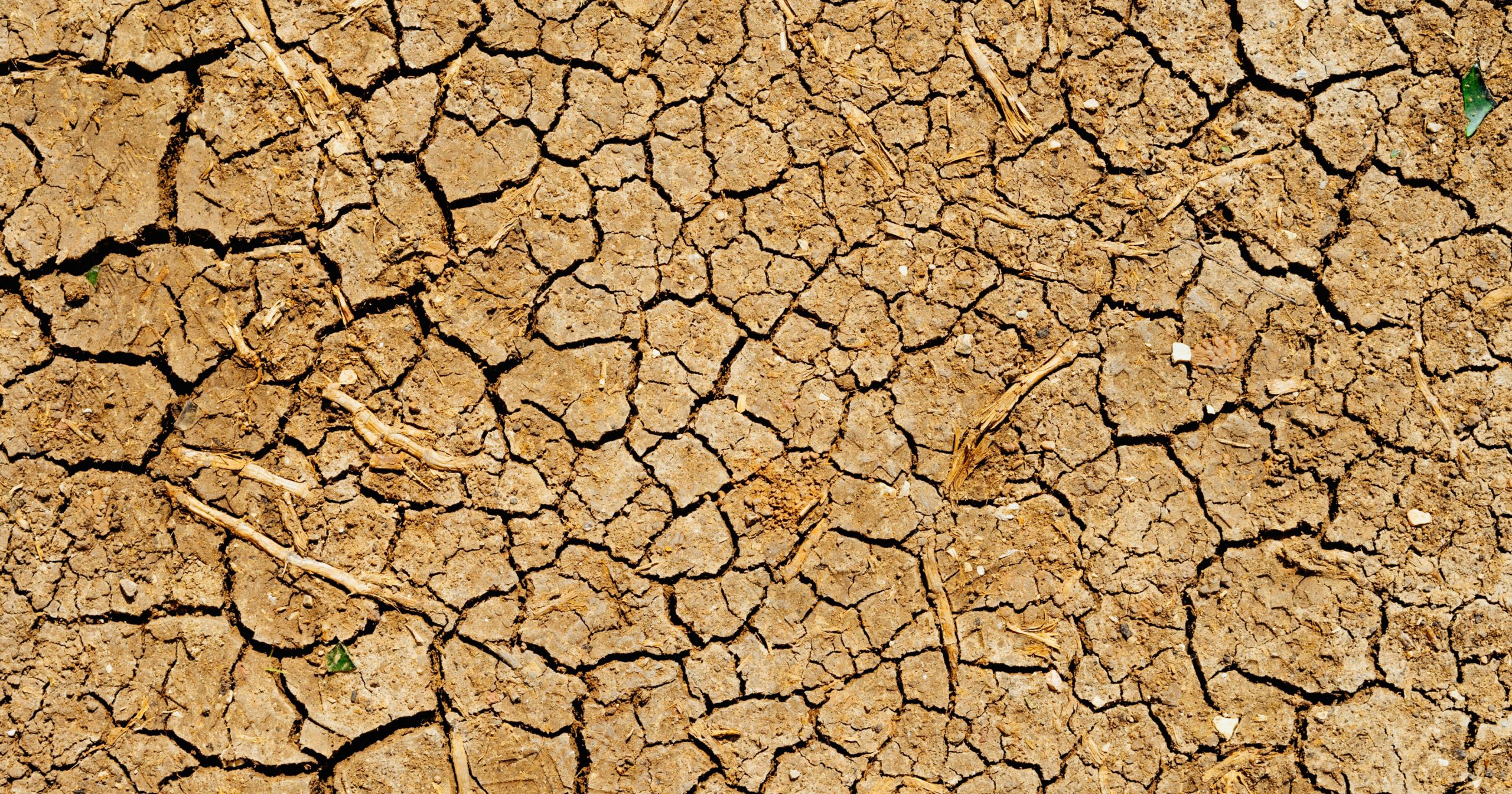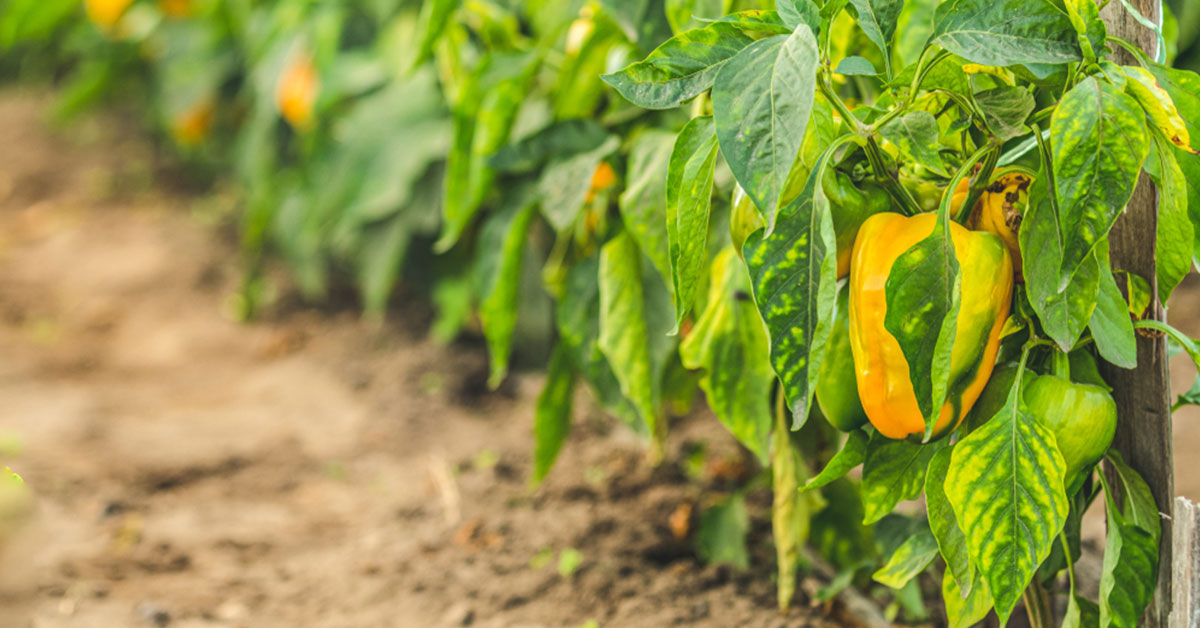Welcome to the vibrant world of gardening in Dallas, Texas! Situated in the heart of the Lone Star State, Dallas offers a unique and diverse climate that presents both opportunities and challenges for gardeners. Understanding the USDA hardiness zone is crucial for successful gardening in this region. Dallas falls within the USDA hardiness zone 8a, which means it experiences mild winters and hot, often scorching summers.
This classification provides valuable information about the types of plants that can thrive in this area, allowing gardeners to make informed decisions about what to grow and how to care for their plants. Whether you are a seasoned gardener or just starting out, this article will guide you through the ins and outs of gardening in Dallas, helping you create a flourishing and beautiful garden in this dynamic city.
What is Dallas’s USDA hardiness zone?
The USDA hardiness zone is a system developed by the United States Department of Agriculture (USDA) to classify regions based on their average annual minimum temperature. This classification helps gardeners and plant enthusiasts determine which plants are most likely to thrive in a particular area. In the case of Dallas, Texas, the city falls under USDA hardiness zone 8a.
This means that the average annual minimum temperature in Dallas ranges from 10 to 15 degrees Fahrenheit (-12 to -9 degrees Celsius). It is important to note that this classification is based on historical weather data and is not a guarantee of future temperatures. Understanding the hardiness zone is crucial for successful gardening because it helps gardeners select plants that can withstand the local climate conditions. Plants that are rated for zone 8a are generally able to tolerate the cold temperatures experienced in Dallas.
However, it is important to consider other factors as well, such as soil type, sunlight exposure, and rainfall patterns, when choosing plants for your garden. Some plants may have specific requirements beyond temperature tolerance, such as humidity levels or specific soil pH. To make the most of your garden in Dallas, it is advisable to select plants that are recommended for zone 8a or lower.
This will ensure that your plants have the best chance of survival and growth in the local climate. It is also helpful to consult with local nurseries or gardening experts who have experience with the specific conditions in Dallas and can provide recommendations tailored to your garden’s needs. Additionally, it is worth noting that microclimates can exist within a larger hardiness zone. Factors such as urban heat islands, proximity to bodies of water, or sheltered areas can create slightly different growing conditions.
Observing and understanding these microclimates in your garden can help you choose the most appropriate plants for each specific area. By considering the USDA hardiness zone, as well as other environmental factors, you can create a thriving and beautiful garden in Dallas that is well-suited to the local climate.
When can you plant your garden in Dallas?
In Dallas, the ideal planting times for different plants can be determined by considering its USDA hardiness zone, which is Zone 8a. This zone indicates the average minimum winter temperature range of 10-15°F (-12 to -9°C). Here are some guidelines for planting based on this hardiness zone:
- Spring Planting: Spring is an excellent time for planting a wide variety of plants in Dallas. As the weather warms up and the threat of frost diminishes, it’s safe to start planting tender annuals, vegetables, and herbs. Generally, mid-March to early April is a good time to begin planting.
- Fall Planting: Fall is another favorable season for planting in Dallas. The cooler temperatures and increased rainfall create ideal conditions for establishing plants before winter. Late September to early November is a suitable time for planting perennials, trees, shrubs, and cool-season vegetables.
- Summer Planting: Summers in Dallas can be scorching, with high temperatures and limited rainfall. Therefore, it’s best to avoid planting during the peak summer months. However, if you need to plant during this time, it’s crucial to provide extra care, including regular watering and shading to protect young plants from heat stress.
- Winter Planting: While winters in Dallas are relatively mild, occasional cold snaps can occur. It’s generally not recommended to plant tender or frost-sensitive plants during winter. However, you can still plant hardy trees, shrubs, and cool-season vegetables like kale, lettuce, and broccoli.
Remember, these are general guidelines, and specific plant requirements may vary. It’s always advisable to consult local nurseries, gardening resources, or extension offices for more precise information about the ideal planting times for specific plants in Dallas.
What grows well in Dallas?
Dallas falls under USDA hardiness zone 8a, which means it has an average minimum winter temperature of 10-15°F (-9 to -12°C). Here is a comprehensive list of plants that generally grow well in Dallas:
- Shrubs and Trees:
- Crape Myrtle (Lagerstroemia indica)
- Texas Sage (Leucophyllum frutescens)
- Yaupon Holly (Ilex vomitoria)
- Bur Oak (Quercus macrocarpa)
- Mexican Plum (Prunus mexicana)
- Eastern Redbud (Cercis canadensis)
- Chinese Pistache (Pistacia chinensis)
- Vitex (Vitex agnus-castus)
- Wax Myrtle (Myrica cerifera)
- Red Yucca (Hesperaloe parviflora)
- Black-eyed Susan (Rudbeckia hirta)
- Coneflower (Echinacea purpurea)
- Salvia (Salvia spp.)
- Lantana (Lantana camara)
- Zinnia (Zinnia elegans)
- Mexican Feather Grass (Nassella tenuissima)
- Purple Coneflower (Echinacea purpurea)
- Coreopsis (Coreopsis spp.)
- Daylilies (Hemerocallis spp.)
- Mexican Hat (Ratibida columnifera)
- Carolina Jessamine (Gelsemium sempervirens)
- Crossvine (Bignonia capreolata)
- Trumpet Vine (Campsis radicans)
- Passionflower (Passiflora incarnata)
- Confederate Jasmine (Trachelospermum jasminoides)
- Basil (Ocimum basilicum)
- Rosemary (Rosmarinus officinalis)
- Thyme (Thymus spp.)
- Tomatoes (Solanum lycopersicum)
- Peppers (Capsicum spp.)
- Okra (Abelmoschus esculentus)
- Squash (Cucurbita spp.)
- Cilantro (Coriandrum sativum)
- Mint (Mentha spp.)
- Chives (Allium schoenoprasum)
- Buffalo Grass (Bouteloua dactyloides)
- Little Bluestem (Schizachyrium scoparium)
- Eastern Gamagrass (Tripsacum dactyloides)
- Switchgrass (Panicum virgatum)
- Gulf Muhly (Muhlenbergia capillaris)
Remember to consider factors such as sunlight, soil conditions, and water requirements when selecting plants for your specific garden.
What won’t grow in Dallas?
In Dallas, which falls under USDA hardiness zone 8a, there are certain plants that may struggle to thrive due to the region’s climate conditions. Here are some plants that typically do not perform well in Dallas:
- Azaleas: While some varieties of azaleas can tolerate Dallas’ climate, many struggle due to the hot summers and alkaline soil.
- Rhododendrons: Similar to azaleas, rhododendrons prefer cooler and more acidic conditions, making them challenging to grow in Dallas.
- Blueberries: Blueberries require acidic soil and cooler temperatures, which are not typically found in Dallas. However, there are some low-chill varieties that may have better success.
- Lilacs: Lilacs prefer colder winters and cooler summers than what Dallas offers. The heat and humidity can cause stress and hinder their growth.
- Hydrangeas: While some hydrangea varieties can thrive in Dallas, others may struggle due to the intense heat and alkaline soil. Selecting heat-tolerant varieties and providing adequate shade can help improve their chances.
- Delphiniums: Delphiniums are cold-loving plants and may struggle to survive the hot summers in Dallas.
- Peonies: Peonies require a significant amount of winter chill to bloom properly, which is often lacking in Dallas. However, some newer cultivars are bred to tolerate warmer climates.
- Ferns: Most ferns prefer cooler and more humid conditions, making them challenging to grow in the hot and dry climate of Dallas.
- Hostas: Hostas can struggle in Dallas due to the intense heat and sun exposure. However, with proper care, including adequate watering and shade, some varieties can still be grown successfully.
- Certain cool-season vegetables: Cool-season vegetables like Brussels sprouts, cabbage, and kale may struggle in Dallas due to the long, hot summers. It’s best to focus on warm-season vegetables that are better suited to the region.
While these plants may face challenges in Dallas, it’s important to note that with proper care, soil amendments, and microclimate adjustments, it is possible to grow them successfully.
